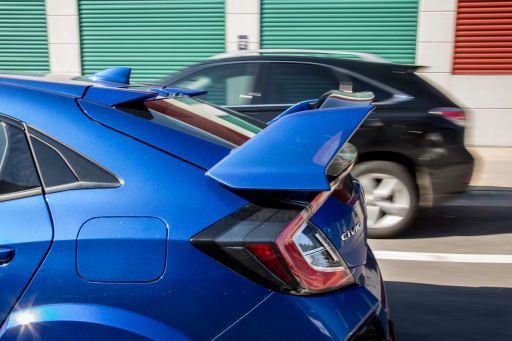
The Future of Autos: Embracing Innovative Technologies for Sustainable Transportation
autopartmax.comThe future of autos is a dynamic landscape that promises to revolutionize the way we commute, offering sustainable transportation solutions and incorporating cutting-edge technologies to enhance safety, efficiency, and overall driving experience.
In recent years, the automotive industry has witnessed a rapid shift towards electric vehicles (EVs) as a viable alternative to traditional fossil fuel-powered cars. With advancements in battery technology, EVs are becoming more affordable, providing longer ranges, and establishing a robust charging infrastructure.
Moreover, autonomous driving is poised to transform the automotive landscape. Self-driving cars equipped with advanced sensors, artificial intelligence, and machine learning algorithms have the potential to greatly reduce accidents, congestion, and emissions. This revolutionary technology is set to redefine mobility, making transportation more accessible, particularly for the elderly and disabled.
Another significant trend shaping the future of autos is the rise of shared mobility services. Car-sharing platforms, ride-hailing apps, and subscription-based services are gaining popularity, promoting efficient utilization of vehicles and reducing the need for private car ownership. This shift towards shared mobility is expected to reduce traffic congestion and parking space requirements in urban areas.
As we envision the future of autos, connectivity plays a pivotal role. The Internet of Things (IoT) facilitates seamless communication between vehicles, infrastructure, and other devices. This connectivity enables real-time data exchange, leading to optimized traffic flow, predictive maintenance, and enhanced safety features. Additionally, vehicle-to-vehicle (V2V) and vehicle-to-infrastructure (V2I) communication lay the foundation for cooperative driving, further improving road safety.
Advances in materials and manufacturing techniques are also reshaping the automotive industry. Lightweight materials like carbon fiber composites and aluminum alloys are being used extensively to improve fuel efficiency without compromising safety. 3D printing technology is revolutionizing the production process, allowing for rapid prototyping, customization, and reduced waste.
Furthermore, the integration of renewable energy sources into automobiles is gaining traction. Solar panels on vehicle roofs can generate electricity to power various systems, reducing reliance on the electrical grid and further enhancing the sustainability of EVs.
With the increasing popularity of electric vehicles and the development of charging infrastructure, energy storage solutions are becoming crucial. Innovations in battery technology, such as solid-state batteries and fast-charging capabilities, are addressing range anxiety concerns and making EVs more practical for long-distance travel.
In conclusion, the future of autos is a dynamic mix of electric vehicles, autonomous driving, shared mobility, connectivity, advanced materials, and renewable energy integration. These transformative trends are set to revolutionize the automotive industry, making transportation safer, more efficient, and sustainable. Embracing these innovative technologies will pave the way for a greener and smarter future of transportation.